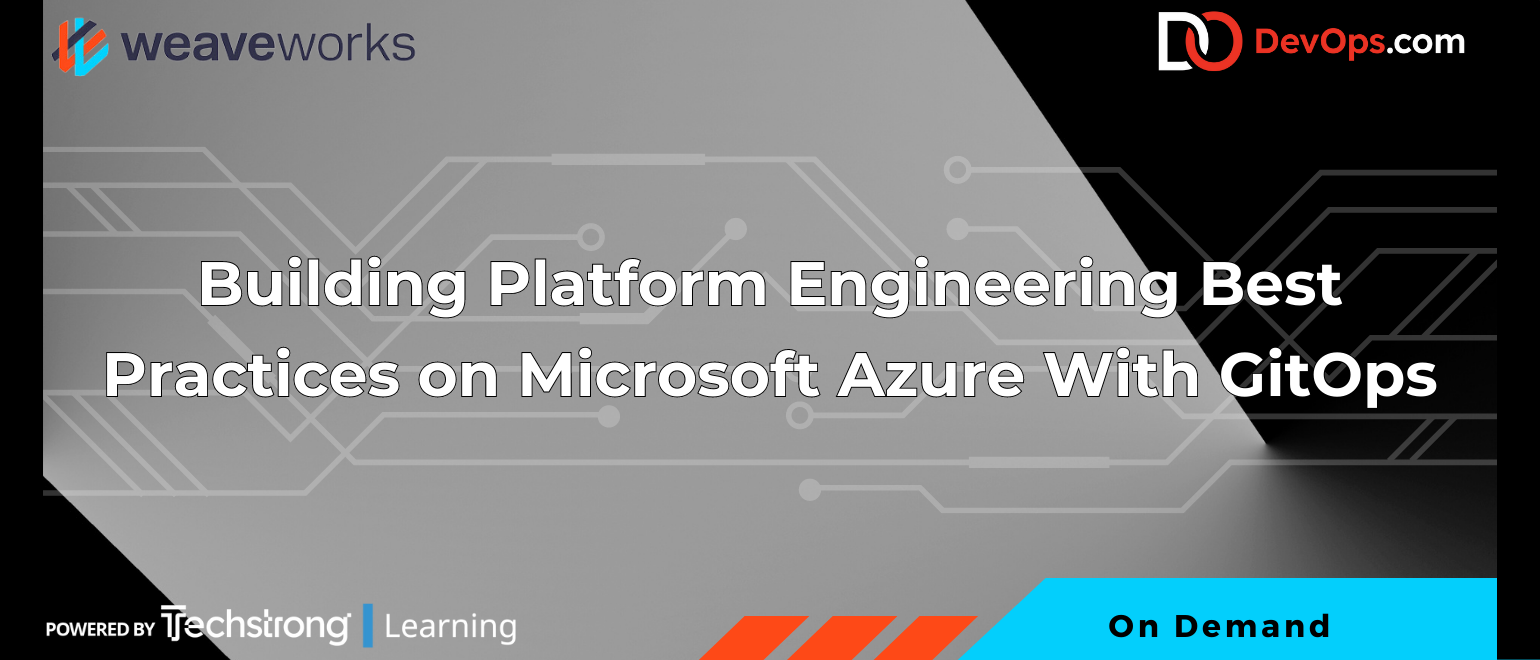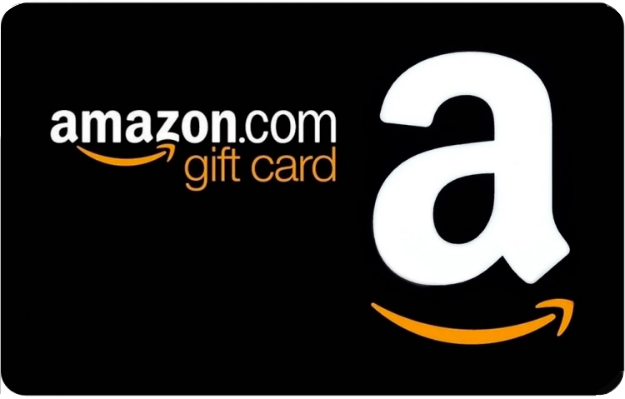Webinar
Think About Your Audience Before Choosing a Webinar Title

Sponsored by:

On Demand
Anytime
What You’ll Learn in This Webinar
Every year, the process of software delivery becomes more complex, and developers find themselves coding less and worrying more about infrastructure, deployment, security and operations. Enter platform engineering – it strives to minimize the operational burden on development teams by providing all the tools, processes and automation developers need to streamline software development not only safely but also at scale.
In this program, Weaveworks will show you how to use Microsoft Azure Kubernetes Service (AKS), Cluster API for Azure (CAPZ), Azure Service Operator (ASO) and Weave GitOps Enterprise (WGE) to build a safe, resilient, scalable and future-proof platform engineering practice. We will explore GitOps' essential role in a platform engineering system and draw a roadmap for enabling developers to deliver features autonomously. All while DevOps and SRE teams maintain visibility and adherence to best practices at any scale.
Register today to learn:
- How to design an internal developer platform (IDP) that empowers engineering teams, removes silos, reduces handoffs, and consolidates knowledge.
- How to automatically create and hydrate ephemeral clusters on pull requests.
- How to streamline the life cycle of Kubernetes clusters at large scale utilizing CAPZ and GitOpsSets
- How to reduce risk via staged progressive rollout
- How to monitor applications and services from a large number of Kubernetes clusters
- How to architect modular, reusable and extensible GitOps workflows across any flavor of Kubernetes (self-managed like K3s or managed AKS) or location (cloud, private, hybrid and edge)
- How to leverage Azure-native services and tools, such as Azure Fleet Manager and managed Prometheus and Grafana to build your platform engineering practice
David Tesar
Principal Product Manager - Microsoft
David has a passion to help people and organizations achieve more via cloud native technologies. David helps customers have successful experiences running Kubernetes infrastructure at scale on Azure with numerous OSS projects such as Cluster API. https://about.me/davidtesar
Steve Fraser
Consulting Reliability Engineer - Weaveworks
Steve is passionate about delivering quality resilient software with as little friction as possible. He likes to spend his time thinking about how to deliver flawless deployments allowing his customers to increase their application and infrastructure deployment velocity. Steve has extensive knowledge in containerization technologies in supporting, maintaining, and architecting.







